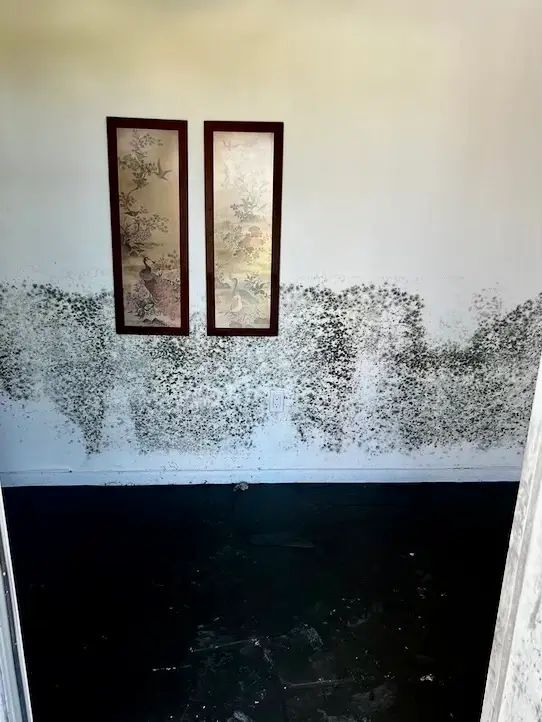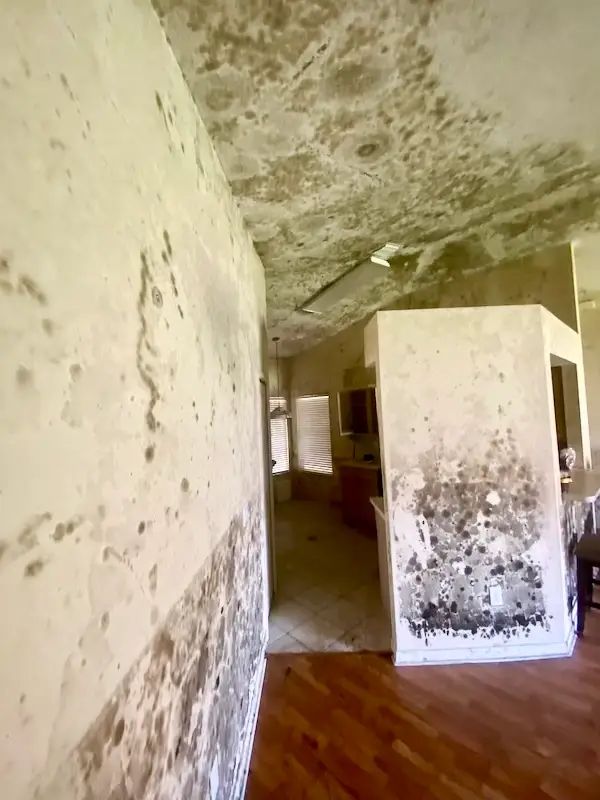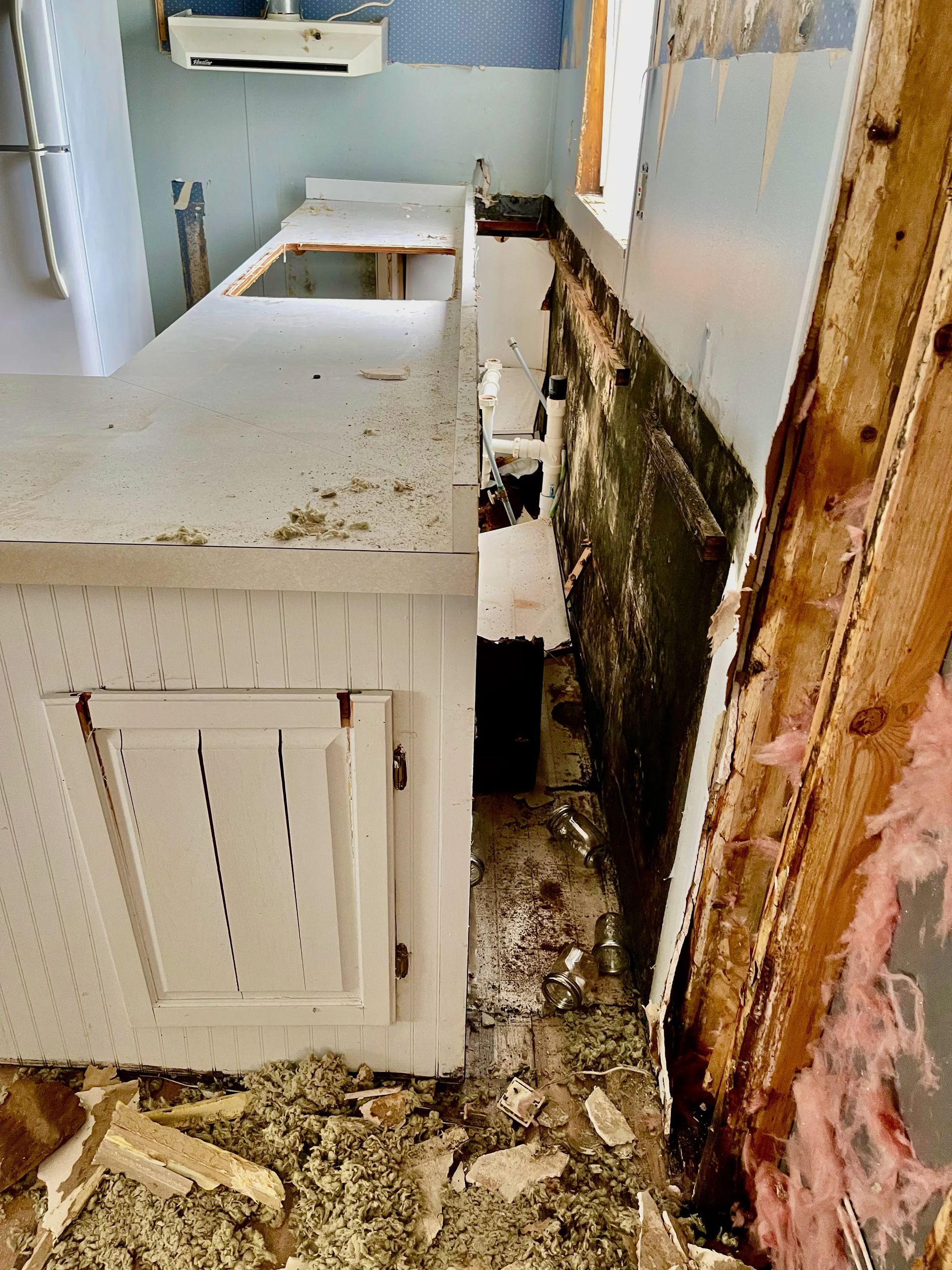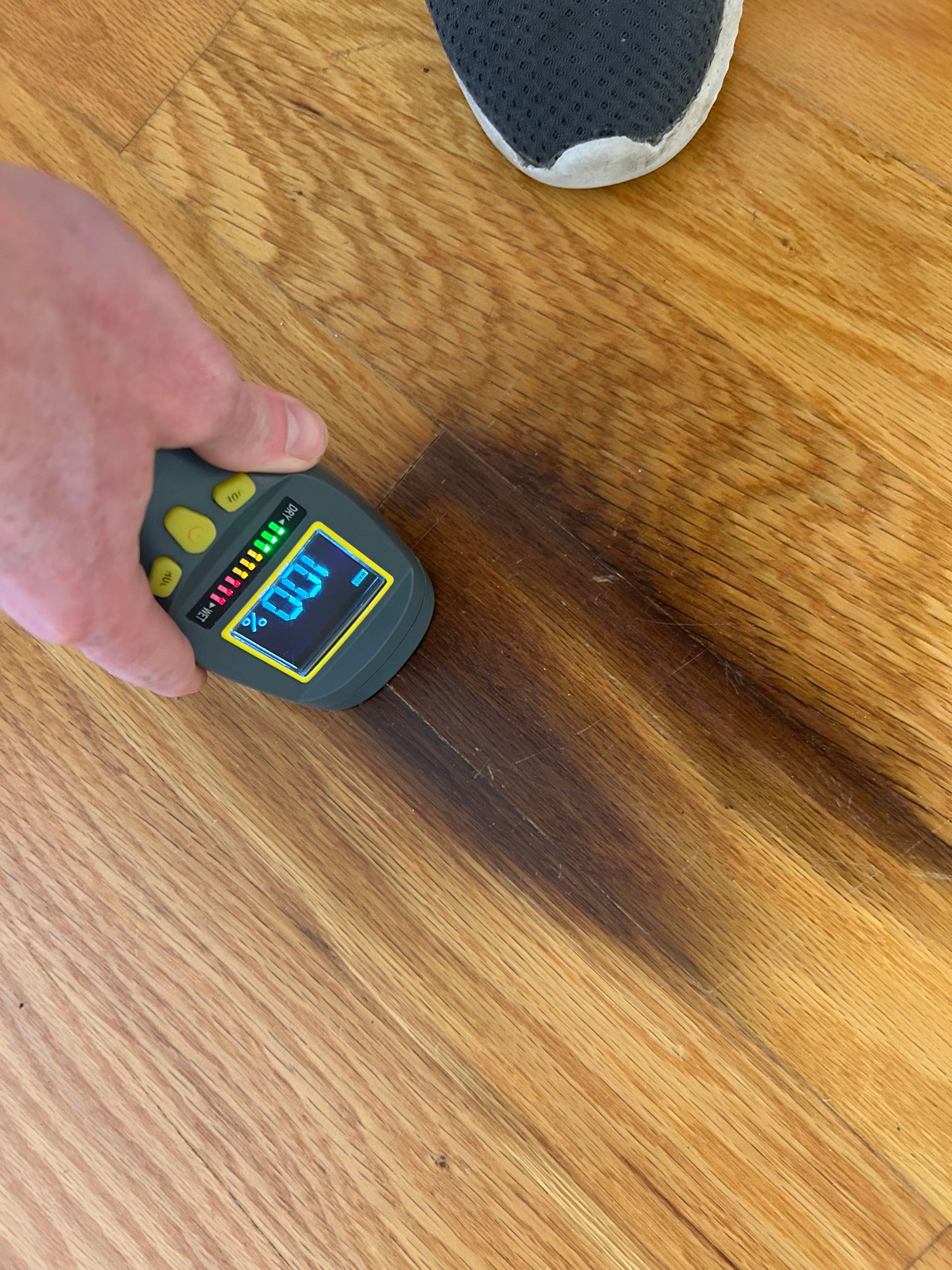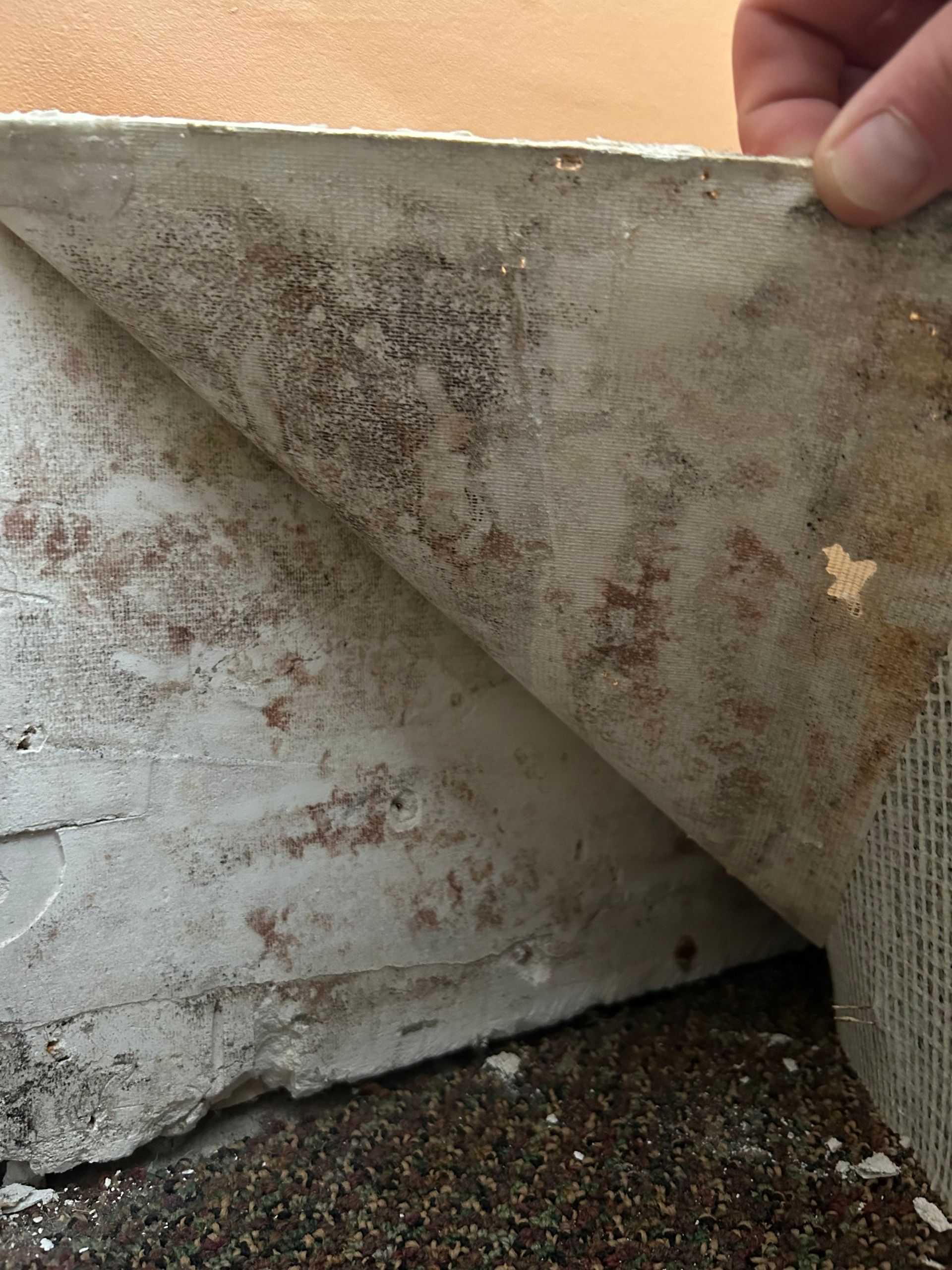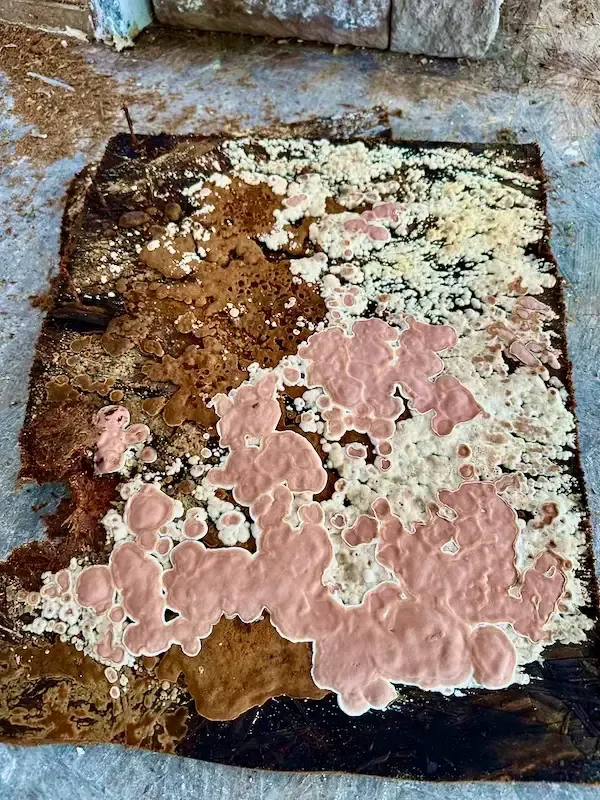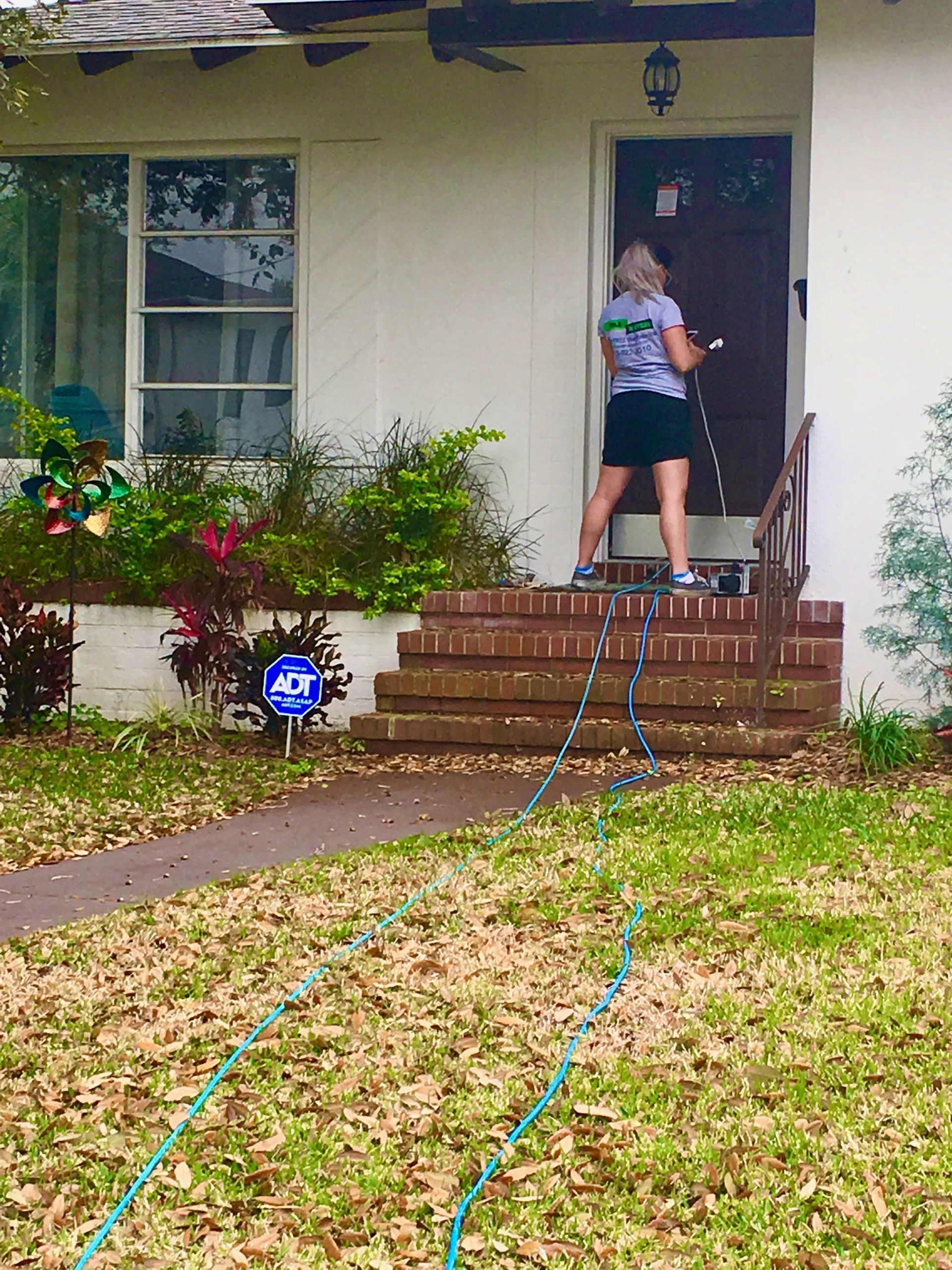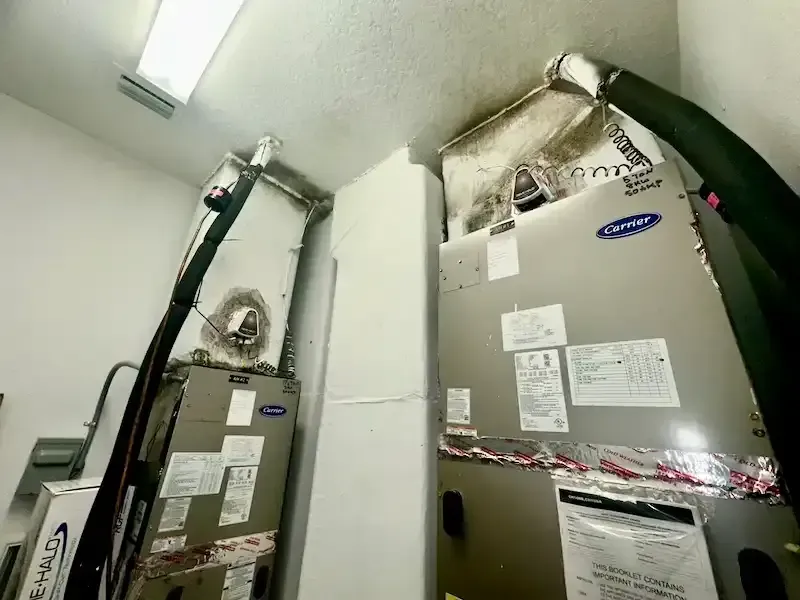How Too Much Insulation and Lack of Ventilation Can Lead to Mold in Your Attic
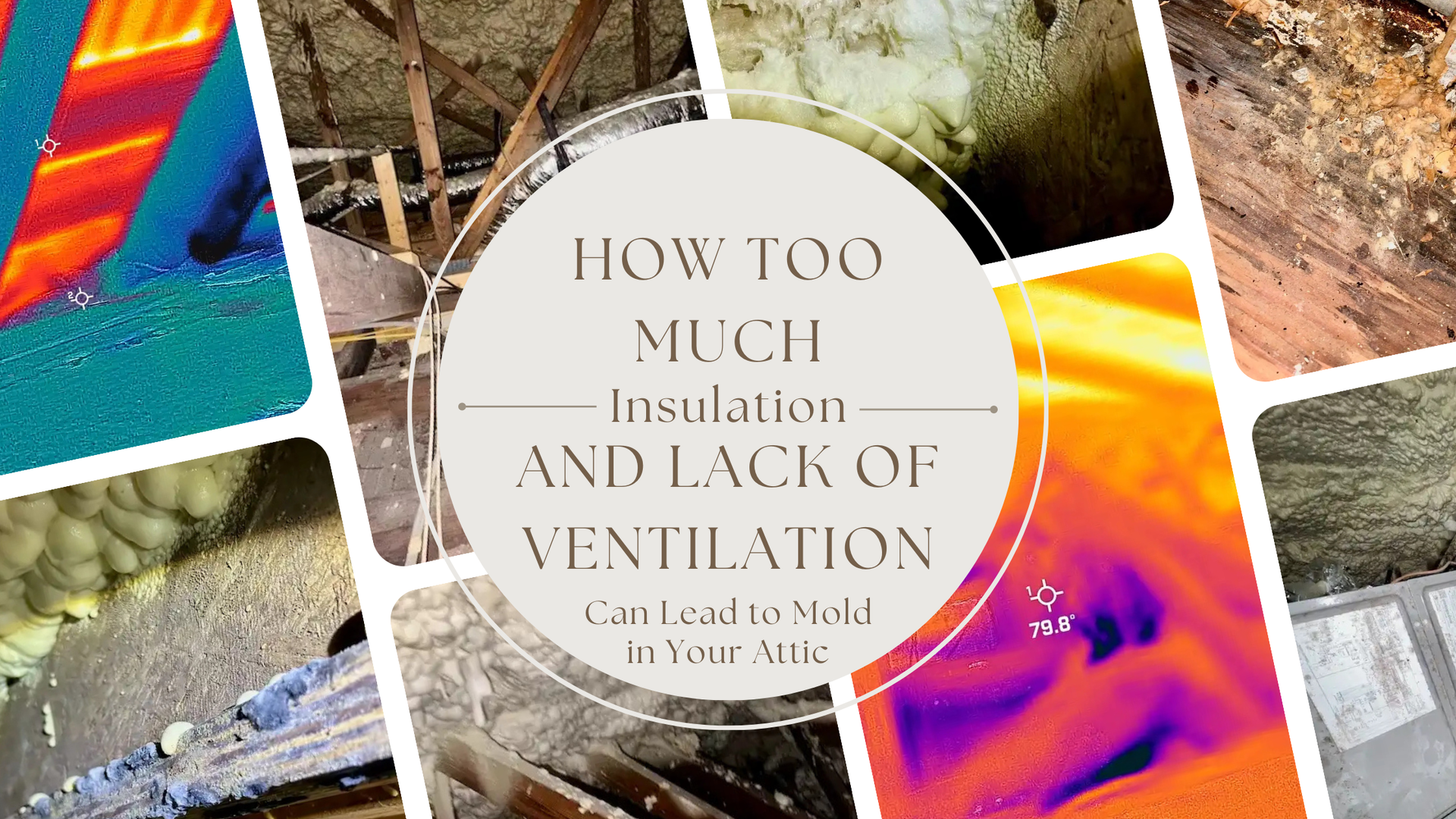
We constantly get customers reaching out to us because they are worried about mold in their attics. In return, we tell them that 100% of them do have mold in their attics—everybody does. The key is that the mold growth stays in the attic and is not allowed to come into the house. Also, the function of the attic should operate properly and not allow a build-up of moisture. Mold growth in attics is a common problem, especially when proper insulation or ventilation is poor or absent. In this blog post, we'll explore why it's so important to have the right balance of insulation and adequate ventilation for your attic—and what you should do if you believe that your attic has too little insulation, too much insulation, or not enough ventilation.
What Are The Risks of Too Much Insulation And Poor Ventilation?
For an attic to be free from mold growth, it needs to remain dry at all times. Unfortunately, too much insulation can create a hot pocket of air inside the attic, making it more likely for condensation to form on cool surfaces. Like your flex ducting. This condensation is then absorbed by the insulation or the drywall below it, which can lead to mold growth as well as structural damage over time. This will introduce mold in to the home, and then in turn harm your indoor air quality.
Poor ventilation is another factor that can lead to moisture buildup in an attic. Without adequate airflow and venting, warm air and humidity can become trapped in the attic, leading to the same sort of condensation issue mentioned above.
Tips For Preventing Attic Mold Growth
Fortunately, there are ways to prevent mold from growing in your attic due to issues with you insulation or venting. Here are some tips:
- Always ensure the amount of insulation installed is sufficient for your home's climate but not too much. Find out what the ideal amount is with local building codes or contact a professional heating and cooling company for advice.
- If you have spray foam insulation installed in your attic, you will need to either cool the attic (closed cell insulation) or add ventilation (open cell insulation) to stop the build-up of moisture.
- Install weather stripping around windows and doors so warm outside air doesn't enter the attic.
- Install exhaust fans at vents in bathrooms and kitchen areas, and make sure that they vent outside and not into the attic.
- Make sure vents are open and unblocked – both intake and exhaust vents should be unobstructed.
- Have a trained professional inspect your home’s HVAC system yearly. They will look for gaps around the AC vents, leaking ducts, clogs in your drain pan or line, and ensure the fan speed is set properly to dehumidify.
Signs Of Existing Mold In An Attic
If you think mold may already be present inside your attic, there are certain signs you should look out for: discolored walls/ceilings, musty odors, visible mold spots on vents/interior walls/ceilings/floors/insulation, water stains on interior walls/ceilings/floors/insulation, and wood rot on rafters or floor joists that weren’t caused by water leaks from plumbing pipes. High humidity levels (usually measured with a hygrometer) during warmer months than usual for your area (50% relative humidity) can also be an indicator. If any of these issues are present in your home, please contact a qualified mold remediation specialist immediately!
Having the right amount of insulation and adequate venting in an attic helps keep humidity under control, which will help prevent mold growth. Finding the right balance between these two elements can also ensure that energy costs stay low while keeping indoor temperatures comfortable throughout all seasons of the year.
Do you have random staining on your ceiling, but no roof leak? Are you starting to see mold growth on your vents? Do you have a room in your house that is warmer than the rest, resulting in a musty smell? Are you seeing mold growth in your attic? We can help! Please don't hesitate to contact us today.
For more information, contact us online or call one of our Florida locations:

